Catch-and-release fishing has become increasingly popular among anglers who want to be able to enjoy the sport of fishing but still preserve the populations of fish for future generations. Assuring that fish are released in good condition so they can thrive and grow bigger for others to enjoy is responsible angling. Below is a step-by-step guide on how to handle large fish safely, especially carp, right from the moment they land in your net to being released back into the water.
Preparation Starts Before You Cast
Safety with fish begins long before you cast your line into the lake. Setting up safe rigs will help prevent unnecessary harm to a fish if your line snaps. A safe rig is designed not to leave the fish tethered or dragging around extra tackle, possibly endangering its health.
One of the most important ingredients of a safe rig is ensuring any feeder or weight on your line can dispatch or slide off if necessary. This stops the fish being weighed down by heavy tackle. If you’re float fishing and your float is fixed on the line, it’s a good idea to use a lighter breaking strain hook length than your main line. This way, if you get snagged or a fish snaps your line, it will only break the last section rather than the line above the float.
Some braided hook links used by some anglers have a greater breaking strain than the main line. If this sounds all too familiar, you have to make sure that your line could break and the fish can discharge the lead. For that, the lead clips will work particularly well as they allow the lead to pop off in case the line snaps. Another method of doing this is using a helicopter rig, used commonly on a chod rig, that allows the hook link to slide completely off, releasing the fish from the line and any weights attached to it.
Handling the Fish: Getting Ready
When you have a fish in the net, then you are in a very good position to start preparing for safe handling. Allow the fish to rest in the margins while you get out your unhooking mat, sling, and camera equipment ready. This gives the fish a bit of a rest and will make the whole handling process less stressful. Meanwhile, lay out the equipment in advance to avoid struggling to find it when the fish is on the bank.
Any time that you set up your unhooking mat, the structure should be placed on the ground in a very flat area since there is a tendency for an inclined or uneven surface to contribute to fish slipping away into injury. Some cases may not involve the need for an unhooking mat, such as while wading in a river and the fish remains in the water, but usually with bigger fish or over gravel or hard ground. For small fish, a little soft, wet grass may be sufficient, but with larger fish or less forgiving ground conditions, it is important to take the extra precaution of using a mat.
Wet the Mat and Sling
Once you have the mat set up, wet it, along with the sling. This is an important move because on the skin of the fish, it has a protective slime coating to prevent infection. A dry mat can strip this layer off, allowing for disease to take hold of the fish. Wetting the mat cools it-just in case it had been lying in the sun-and prevents thermal shock from reaching the fish.
While rigging your mat and sling, it’s also a good time to get your camera ready and zero the sling. This will ensure the sling is wet, so you can set the scales for accurate weighing of your fish. For smaller fish, you will be able to simply lift them out of the water in the net. With larger, heavier fish, you will need to break the net down and roll carefully to make it easier to lift. If you catch a particularly big fish, or if fishery rules require you to do so, a weigh sling is necessary for lifting the fish out of the water.
Check the Fish’s Fins
Whether you are using a sling or just the net, always make sure the fins of the fish are flat against its body before lifting it. Fins bent back on themselves can be easily damaged when handling it. Once on the mat, unhook it and take any tackle from the fish’s mouth. This is also a good time to take photos and weigh your fish if so desired.
The fish should be kept moist the whole time outside of water by continually sprinkling water on it, especially during hot weather. These fishes will dehydrate in a very effortless manner and may stress it and even create some damage. Thus, at all times, the condition of the fish must be considered.
Proper Holding Techniques
When handling a fish in general, but also a larger carp, one must be cautious not to hold it too high above the ground. Always kneel or crouch to avoid finding yourself in a position where, should the fish suddenly wriggle or flip, there’s too much distance for it to fall. Holding it close to the ground ensures that should it flip or wriggle, it will not sustain injuries from falls.
When holding carp, one hand is placed underneath the head with the fingers over both sides of the pectoral fin, while the other hand is at the location of the anal fin. This gives a good hold on the fish, and as the fish struggles it easily can be rolled back into your body for protection.
Using Carp Care Kits and Antiseptics
Before releasing your fish into the water, apply to the fish some carp care products or antiseptics for any wounds, hook holes, and/or lifted scales that it may have incurred. You may do so by first drying the area with a cloth; this will make the antiseptic stick better. Application of antiseptic disinfects the wound and lessens the chances of infection.
One very useful product in fish care is propolis, which is a natural product from bees. Propolis works as a sealant for the wounds. A waxy layer seals off bacteria and parasites. While applying propolis, just make sure that your hands do not get it on them and that it gets neither in a fish’s eyes nor gills. It is applied by merely dabbing on an area that has already been disinfected. Upon application of water, the propolis forms a hard protective layer and thus protects the wound in its curing process.
Releasing the Fish
When you are ready to release the fish into the water, make sure the sling is in the proper position, and once again verify the fins of the fish are against the body. Gently lower the fish back into the water, allowing it to regain strength before swimming away. Allowing the fish a little time to rest in the water prior to release allows for recuperation from capture and handling stress.
The Importance of Catch and Release
Catch-and-release practice is important not only for protection of individual fish but also in safeguarding the health of the whole population. When you take your time to handle fish properly and release them in good condition, you are supporting sustainable fishing spots and healthy fish stocks for the future.
This saves more and possibly larger fish for the future anglers. It is an easy yet great way one can give back to the sport of fishing to make sure lakes and rivers remain full of life, even long after we are gone.
Summary
Handling big fish for catch and release is more than a set of techniques; it is the commitment to undertaking fishing in a responsible and sustainable manner. Safe rigging, proper preparation, careful handling of fish, and use of appropriate fish care products are some of the means whereby anglers ensure their catches are released in the best possible condition. These practices not only further enhance the fishing experience but also help preserve the natural beauty and biodiversity of our waterways. So next time you land a big one, remember: it’s not just about the catch, but also about the release.

